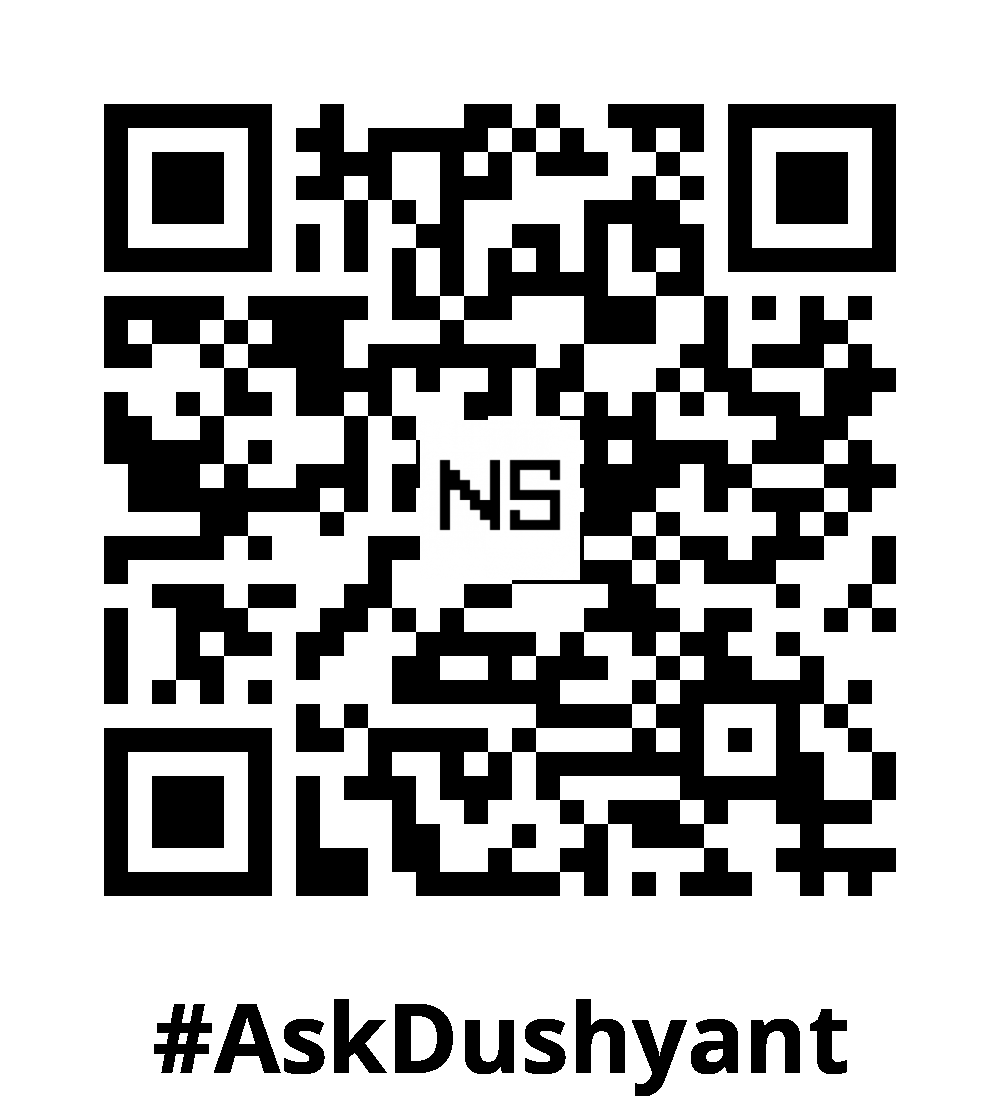In the landscape of technology, my journey spans over 16 years, marked by a profound passion for coding and problem-solving. With a robust background in Computer Science Engineering, my exploration of the vast realms of artificial intelligence found a guiding light in TensorFlow. In this Tech Concept, we will embark on a journey to demystify the core concepts of TensorFlow, the powerful open-source framework from Google. As someone deeply rooted in both the theoretical foundations of computer science and the practical nuances of real-world tech challenges, delving into TensorFlow felt like the natural next step in my quest for mastering artificial intelligence.
Chapter 1: Tensors – The Building Blocks of TensorFlow
At the heart of TensorFlow lies the concept of tensors. These multi-dimensional arrays form the basis of data representation and manipulation within the framework. Having a strong foundation in Computer Science, I immediately grasped the significance of tensors – from scalars to matrices, these versatile data structures provide the canvas upon which machine learning models are painted.
import tensorflow as tf
# Creating a tensor (scalar)
tensor_scalar = tf.constant(42)
# Creating a tensor (vector)
tensor_vector = tf.constant([1, 2, 3, 4, 5])
# Creating a tensor (matrix)
tensor_matrix = tf.constant([[1, 2, 3], [4, 5, 6]])Chapter 2: Graphs and Sessions – Mapping the AI Landscape
TensorFlow operates on computation graphs, intricate structures where nodes represent operations and edges depict data flow. Understanding these graphs was akin to deciphering the language of artificial intelligence. Sessions, acting as the orchestrators, bring these graphs to life, allowing the magic of AI to unfold.
import tensorflow as tf
# Create a computation graph
a = tf.constant(5)
b = tf.constant(3)
sum_ab = tf.add(a, b)
# Create a session to run the graph
with tf.Session() as sess:
result = sess.run(sum_ab)
print("Sum of a and b:", result) # Output: Sum of a and b: 8Chapter 3: Variables – Nurturing AI’s Learning
In the world of TensorFlow, variables are the custodians of learning. Unlike constants, variables can be modified, making them invaluable for training machine learning models. Drawing from my extensive tech background, I recognized the pivotal role variables play in optimizing algorithms. Whether adjusting weights in a neural network or fine-tuning parameters, variables are the essence of AI evolution.
import tensorflow as tf
# Creating a variable
weight = tf.Variable(0.5)
# Initialization operation for the variable
init = tf.global_variables_initializer()
# Creating a session to run the initialization operation
with tf.Session() as sess:
sess.run(init)
print("Initial Weight:", sess.run(weight)) # Output: Initial Weight: 0.5Chapter 4: Neural Networks and Layers – Crafting Intelligent Systems
With the basics in place, the world of neural networks beckoned. TensorFlow provide high-level APIs to create intricate architectures effortlessly. From dense layers to convolutional networks, the ability to design and deploy complex models. Building neural networks became an art, where layers orchestrated symphonies of data and computation.
import tensorflow as tf
# Creating a sequential model
model = tf.keras.Sequential()
# Adding layers to the model
model.add(tf.keras.layers.Dense(units=128, activation='relu', input_shape=(784,)))
model.add(tf.keras.layers.Dropout(0.2))
model.add(tf.keras.layers.Dense(units=10, activation='softmax'))
# Compile the model
model.compile(optimizer='adam', loss='sparse_categorical_crossentropy', metrics=['accuracy'])Chapter 5: Training and Optimization – Navigating the AI Seas
Training a model is where theory meets reality. TensorFlow offers a plethora of optimizer and loss functions, each suited for specific tasks. Armed with basics in place, training models, iterating through datasets, and witnessing the convergence of algorithms become easy. The amalgamation of theory and practice was evident as accuracy scores soared and predictions became sharper.
import tensorflow as tf
# Compile the model (as shown in the previous example)
# Training the model
model.fit(train_data, train_labels, epochs=10, batch_size=32)
Chapter 6: Time for prediction
Once you have trained your TensorFlow model, predicting using the trained model is a straightforward process. Here’s how you can make predictions after training your model:
# Assuming your model is already trained and stored in the 'model' variable
# New data for prediction
new_data = preprocess_data(new_data) # Preprocess the new data if necessary
# Making predictions
predictions = model.predict(new_data)
# Predictions will be in the form of probabilities (for classification problems)
# You might need to convert probabilities to class labels based on your problem
# For example, if it's a binary classification problem, you can round the probabilities to 0 or 1
binary_predictions = (predictions > 0.5).astype(int)
# For regression problems, predictions can be used directly
# For example, if it's predicting house prices, predictions will be the price values
print("Predictions:", predictions)In this snippet, new_data represents the data for which you want to make predictions. Ensure that the preprocess_data() function prepares the new data in the same way the training data was preprocessed. Remember, the output format of predictions depends on the type of problem you are solving. For binary classification problems, you might threshold the probabilities to
These are Pseudo-code & fundamental concepts of TensorFlow in the context of AI. As you progress, you can explore more advanced topics such as custom layers, transfer learning, and deployment of TensorFlow models for real-world applications. TensorFlow’s flexibility and scalability make it a powerful tool for AI practitioners and researchers.
My Tech Advice: In the vibrant tapestry of my journey, where Computer Science expertise met the intricacies of Development, there lies a profound motivation that fuels every line of code I write. Beyond the algorithms, the models, and the intricacies of artificial intelligence, there’s a deeper force at play – the unyielding motivation for coding.
#AskDushyant
Coding, to me, is not merely a technical skill; it’s a language through which we articulate our visions into creative reality. It’s the bridge that connects imagination to implementation, dreams to tangible innovations. This motivation is rooted in the sheer excitement of solving puzzles, the thrill of unraveling complex challenges, and the joy of witnessing a piece of software come to life. Happy Coding!


Leave a Reply